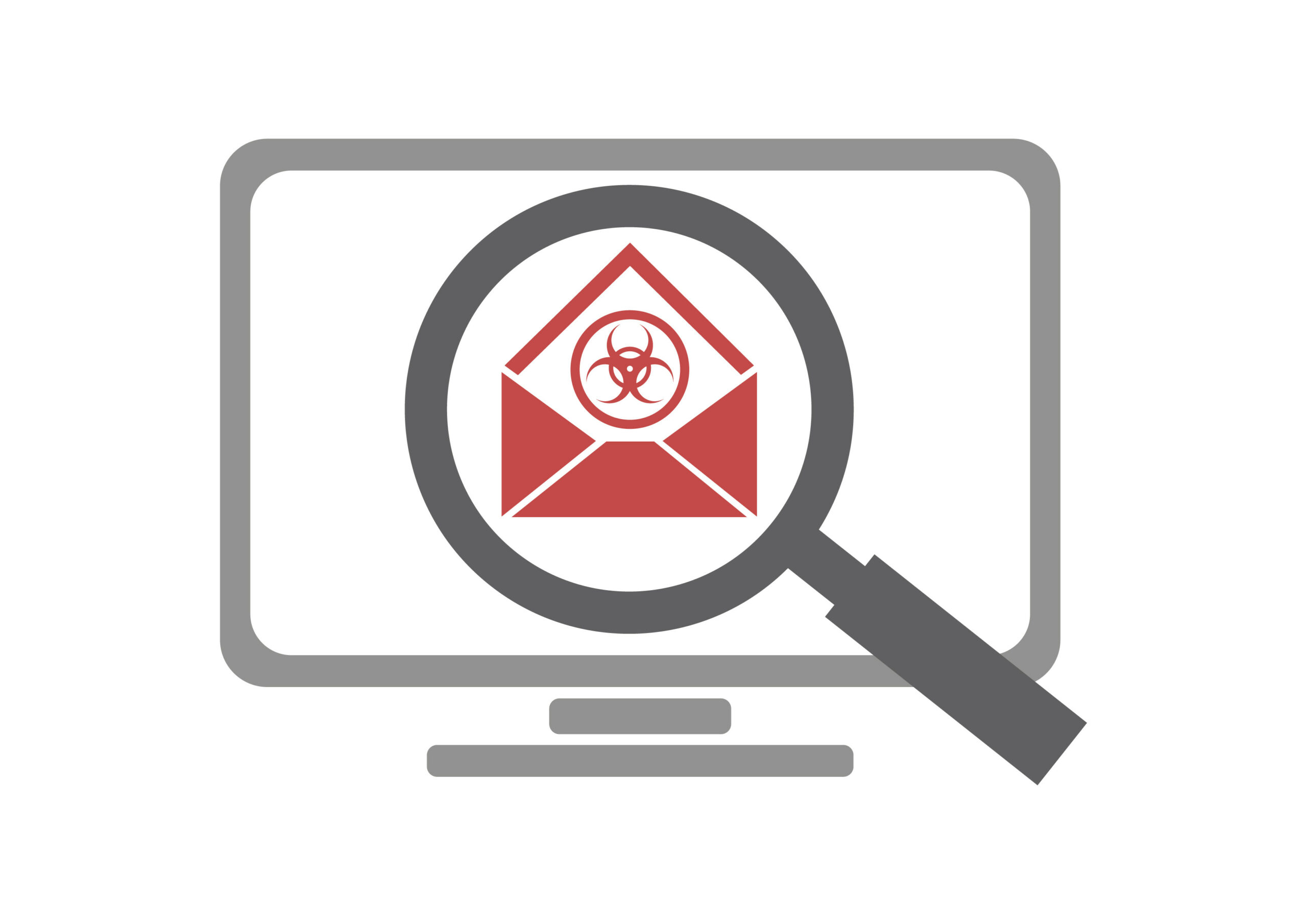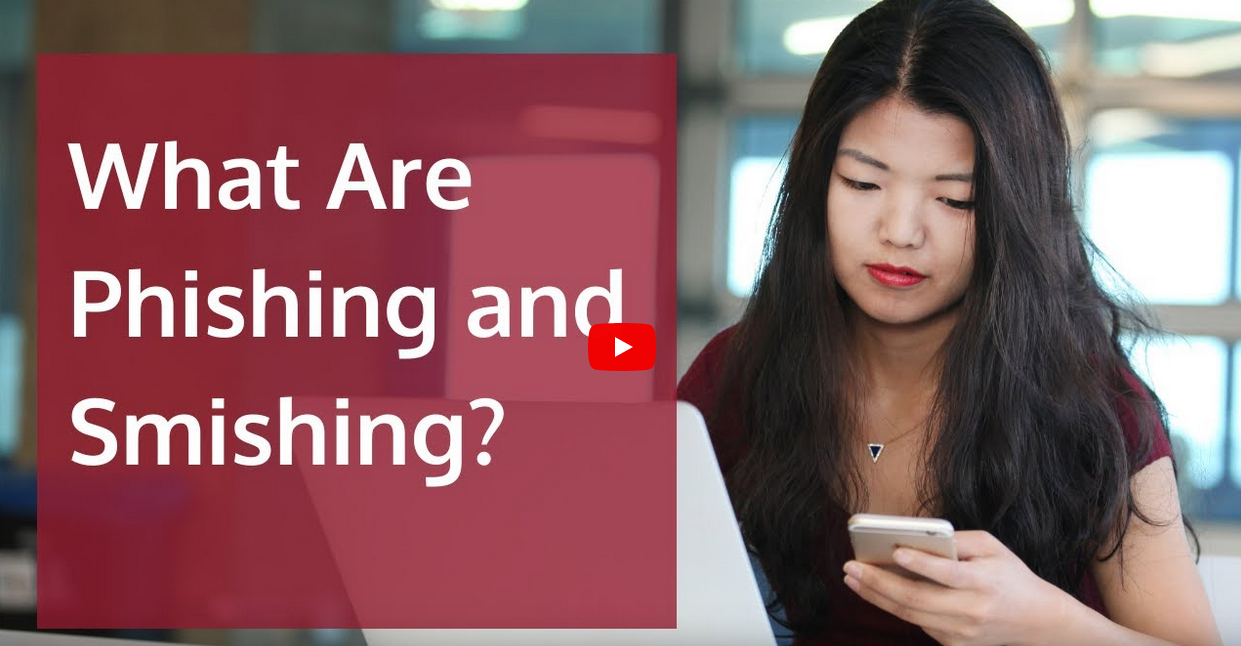Phishing and Smishing: Casting Nets of Deception
In today’s digital age, online scammers have honed their techniques, utilizing phishing and smishing tactics to target unsuspecting individuals and gain access to personal or financial information. While some of these deceptive messages are easily identifiable as spam, others are meticulously crafted to appear as legitimate communications from trusted sources. It’s crucial to develop a keen eye for evaluating messages before clicking on links or opening attachments to safeguard against these cyber threats.
Phishing, a common strategy employed by scammers, involves sending fraudulent messages with the intent to trick recipients into revealing sensitive information or downloading malware onto their devices. These messages often masquerade as communications from banks, credit card companies, online stores, or social networking sites, presenting fabricated issues or requests for personal details. The goal is to lure individuals into taking actions that compromise their security, such as logging into fake websites or providing confidential information.
To recognize phishing attempts, it’s essential to scrutinize incoming messages carefully. Factors to consider include the sender’s email address or phone number, the legitimacy of the message’s content and urgency, the presence of grammatical errors or misspellings, and the request for sensitive information. Additionally, verifying the sender’s identity independently rather than clicking on embedded links can prevent falling victim to these scams.
Smishing, a variation of phishing specific to text messages, presents similar risks but through SMS communications. Scammers may pose as reputable businesses or government agencies, enticing recipients to click on malicious links or divulge personal information. Recognizing smishing attacks involves being cautious of unsolicited messages, especially those urging immediate action or claiming unusual account activities.
Protecting oneself from phishing and smishing requires proactive measures. Installing security software, enabling multi-factor authentication, and backing up data are effective strategies to mitigate risks. In case of a suspected phishing or smishing attempt, disconnecting from the internet, scanning devices for malware, updating passwords, and reporting incidents to relevant authorities are recommended steps to minimize potential harm.

By staying vigilant, educating oneself about these cyber threats, and implementing preventive measures, individuals can navigate the digital landscape with greater confidence and security, reducing susceptibility to online scams and fraud.


